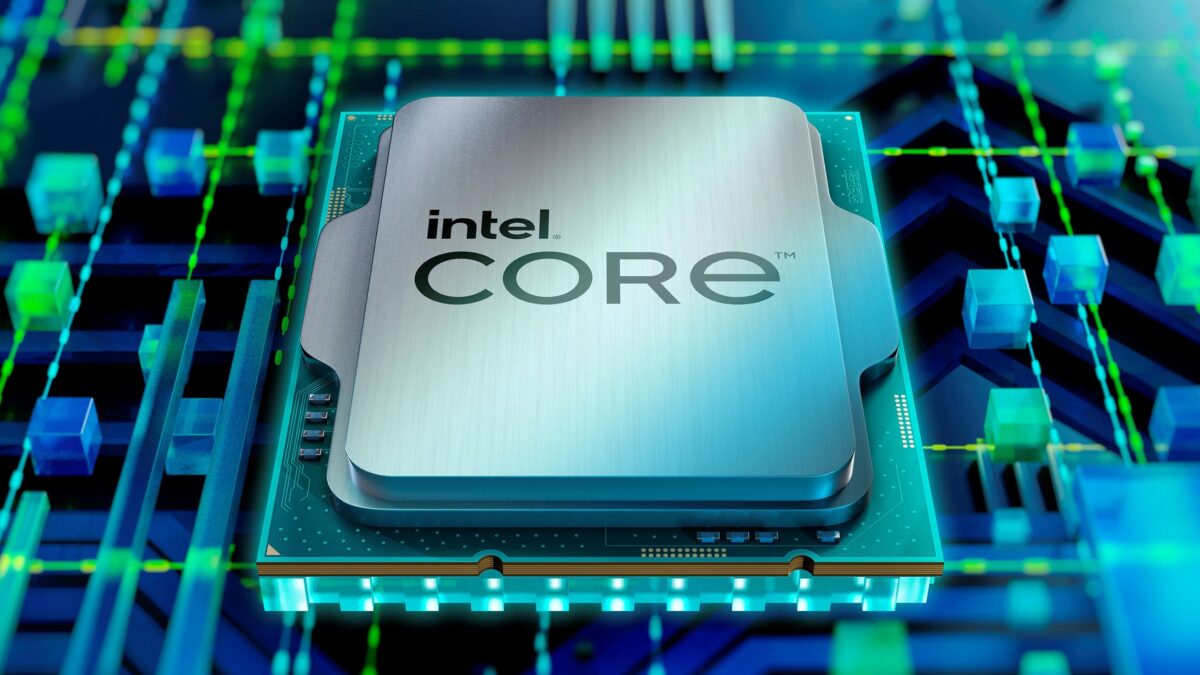Overclocking Processors: A Beginner’s Guide in 2025

So, did you get yourself a new processor? You’re staring at it like it’s gold and you can’t believe it’s in your hands right now?
But you must be wondering if you could squeeze more performance out of it. Oh, absolutely. But, like tuning a sports car, it’s going to be brilliant only if done right. If you do it wrong, you’re going to end up with a meltdown. Literally.
If you’re still curious, keep reading to find out how you can do some overclocking without damaging any parts in your system.
What Even Is Overclocking? (And Why Should You Care?)
Your CPU is a high-performance engine, but Intel, being the responsible automaker, slaps a speed limit on it. Overclocking Intel 12th Gen is you saying, “Nah, I want to push this thing to the redline.”
More power, more speed—at the cost of generating more heat and using more electricity. And if you’re not careful? You could crash (figuratively, of course… hopefully).
Why bother? Because free performance is sitting right there, waiting. Whether you’re gaming, editing videos, or just a performance nerd, overclocking can make everything snappier. But if you’re only using your PC to scroll memes and watch YouTube? Skip it.
The Overclocking Playground
Intel’s 12th Gen chips (Alder Lake) aren’t your grandpa’s CPUs. These things have a mix of Performance (P) cores and Efficiency (E) cores, and spoiler alert: only the P-cores can be overclocked. Here’s the lowdown:
- Locked vs. Unlocked Chips – Got an “F” or non-K processor? Sorry, you’re stuck at stock speeds. Only “K” and “KF” CPUs (like the i5-12600K, i7-12700K, i9-12900K) can party.
- Motherboard Matters – Z690 or Z790 chipsets are your golden ticket. B- and H-series motherboards? Don’t even try.
- Heat is the Enemy – More speed = more heat. Stock coolers won’t cut it. You’ll need serious cooling (more on that in a sec).
- Power Hungry – Overclocking needs clean, stable power. A solid PSU with good wattage is a must.
The Must-Have Gear to Keep Your CPU from Becoming a Hot Mess
Let’s be real—overclocking on cheap parts is like putting rocket fuel in a go-kart. Here’s what you’ll need:
- A “K” or “KF” Series Intel 12th Gen CPU (Think i5-12600K, i7-12700K, i9-12900K)
- A High-Quality Z690/Z790 Motherboard (Preferably one with good VRMs—power delivery is key!)
- Serious Cooling (Air: Noctua NH-D15, Deepcool Assassin III | Liquid: 240mm+ AIOs like Corsair H100i or Arctic Liquid Freezer II)
- A Reliable PSU (80+ Gold or better. Don’t skimp on power.)
- Monitoring Software (More on this later—because if you’re not watching temps, you’re playing with fire. Again, literally.)
The Step-by-Step Guide to Pushing Your CPU Without Setting Off Fire Alarms
Step 1: Update Your BIOS
No excuses. Check your motherboard’s website and flash the latest BIOS. Newer versions fix bugs, improve stability, and sometimes even unlock hidden overclocking features.
Step 2: Adjust CPU Multiplier
In BIOS, look for “CPU Multiplier” or “Core Ratio”—this is where the magic happens. Start slow. Increase by +1 (e.g., 4.5GHz → 4.6GHz). Don’t go straight for the moon.
Step 3: Bump Up the Voltage (Carefully!)
More speed needs more power. Find “Vcore” in BIOS. Start at 1.25V. Don’t exceed 1.35V unless you enjoy living dangerously (and have exceptional cooling).
Step 4: Stress Test Like a Mad Scientist
Boot into Windows and run:
- Cinebench R23 (Quick stability check)
- Prime95 (Small FFTs test) (Maximum torture mode—if your CPU survives this, it’s stable.)
- AIDA64 (Long-term thermal test)
If your system crashes or your CPU temps hit 90°C+, back off. No overclock is worth a toasted chip.
Step 5: Fine-Tune & Monitor Temps
Keep tweaking the multiplier and voltage until you find the sweet spot—high speed without throttling or excessive heat. Use HWMonitor or HWiNFO to keep an eye on temps.
What Kind of Performance Gains Are We Talking About?
- Mild Overclock (~5.0GHz on i7-12700K) → 5-10% performance boost in games and productivity.
- Aggressive Overclock (5.2-5.3GHz) → 15-20% boost, but requires serious cooling and power.
Gamers? Expect higher FPS, especially in CPU-heavy titles. Content creators? Rendering speeds get a nice bump. Multitaskers? Everything feels more fluid.
Rookie Mistakes That Can Ruin Your Day
- Cranking Voltage Too High – More volts = more heat. Stay under 1.35V unless you want a space heater.
- Skipping Cooling Upgrades – If your CPU hits 90°C+, abort mission.
- Not Running Stability Tests – Booting isn’t enough. If it crashes under load, it’s not stable.
- Ignoring Power Limits – Some motherboards throttle power by default. Disable limits for full performance.
RAM & XMP: The Overclocking Sidekick
Your CPU isn’t the only thing that benefits from overclocking—your RAM wants in on the action too. Enable XMP (Extreme Memory Profile) in BIOS to let your RAM run at its full advertised speed instead of boring default settings.
But here’s the catch: high-speed RAM can be unstable. If enabling XMP makes your system crash, lower the frequency or tweak the voltage.
Overclocking = More Power Draw (Literally)
Overclocking doesn’t just make your CPU hotter—it also makes it hungrier. Expect higher electricity bills and more strain on your PSU. If you’re running a 12th Gen i7/i9 at 5.2GHz+, you’ll notice the wattage bump. It’s the price of speed.
Is Overclocking Worth It? Final Thoughts
If you love tweaking hardware and squeezing out extra performance, yes, overclocking a CPU is worth it. If you just want a smooth PC without extra heat, crashes, or higher power bills? Stock speeds are just fine.
Either way, knowing how to overclock gives you control over your system. And isn’t that the whole point of building a custom PC in the first place?










